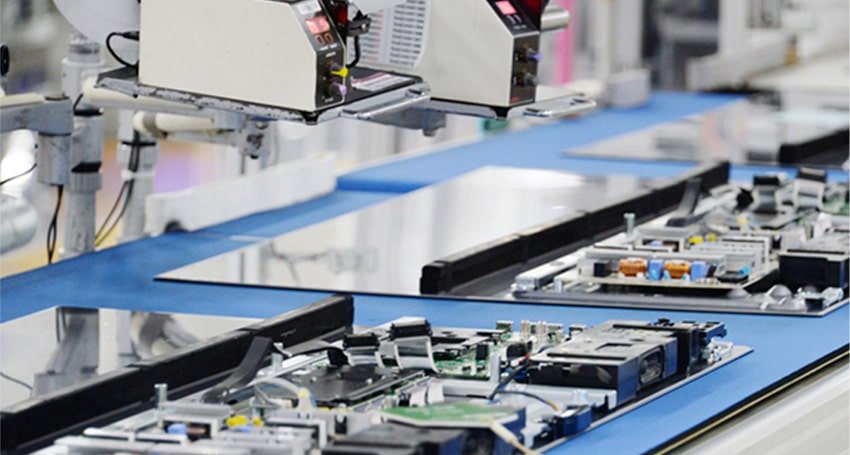Since June 2020, the price of LCD panel has risen continuously, and in 2021, the price of LCD panel of all sizes continues to rise. Although most mobile phones have become popular with OLED screens, and smart TVs give priority to OLED screens, global demand for LCD panels is still strong.
Previously, according to industry chain sources, global LCD panel prices are expected to rise by another 10% in the first quarter of this year. LCD panel prices have risen for eight months in a row and will usher in the longest price increase cycle in nearly a decade. The main reason for the price increase is the imbalance between supply and demand.
Demand side: domestic and overseas market demand continues to be strong, LCD panels in short supply.
In the first half of 2020, under the influence of the COVID-19 epidemic, under the background that it was difficult for people to go out, home work and online education expanded, and shipments of notebooks and tablet devices increased significantly. The demand for watching videos and playing games on large screens at home has also increased, and the continuous increase on the demand side has increased the momentum of price increases.
Supply side: LCD screen production capacity decreased, supply capacity is insufficient.
During the outbreak, the production capacity and delivery time of suppliers were also limited. Most factories have experienced 1-2 months of shutdown, LCD capacity is limited, resulting in insufficient capacity to respond to the market outbreak, resulting in a shortage of panel supply, leading to price increases in the market for many months in a row. The manufacture of LCD screen is divided into two ends: one is the front end of LCD panel, which is produced in unmanned workshop, and this end is not affected by the epidemic; the other is the back end of LCD panel, which needs more manpower and is greatly affected by the epidemic.
Do middlemen hoard goods and increase prices?
In the electronic components industry, price increases are always accompanied by doubts about the hoarding of goods by intermediate channels. It is worth noting that China’s LCD market has been dominated by domestic panel manufacturers, BOE is the world’s largest LCD screen supplier, Huaxing Optoelectronics has also squeezed into the ranks of the top five in the world. No matter the panel factory or the terminal factory, the market is increasingly concentrated in the hands of big brands, and small brands are gradually eliminated. The production capacity of these leading panel factories is mainly consumed by terminal customers, both of which adopt the direct supply mode. The characteristic of the LCD panel production line is that the monthly output of the panel factory must be sold as far as possible, and the panel factory does not have the possibility of hoarding goods. From the perspective of LCD agents and traders, their share and impact in the panel industry are very small, even if individual manufacturers hoard goods, it is impossible to shake the overall market price trend.
The shortage of LCD raw materials has caused prices to rise all the time.
At the beginning of the year 2021, to the surprise of all people in the industry, it was the price of raw materials that rose faster than the temperature. LCD display screen, as one of the many electronic products, was mired in the “price rise” last year, and it is even more difficult to stay out of the “big rise” in the year of the Ox. In October last year, the prices of RGB packaging devices, LCD display drivers IC, PCB plates, and even upstream raw materials such as steel, plastic and glue continued to rise, and copper clad laminate manufacturers launched another “price increase letter attack” in November, an increase of about 10 per cent, which has a special impact on LCD display products.
A few days ago, a number of research institutions released a briefing on the weather vane of panel prices, and it is expected that the tight supply situation in the global panel market will continue into the second quarter. Supply continues to be tight, driving the price strategy of head panel manufacturers to become aggressive, and the prices of mainstream size products will maintain a large increase from February to March.
The agency reported that supply-side inefficient production capacity cleared, and industry inventories fell to historical lows, panel prices rebounded after short-term pressure and remained bullish in 2021.

